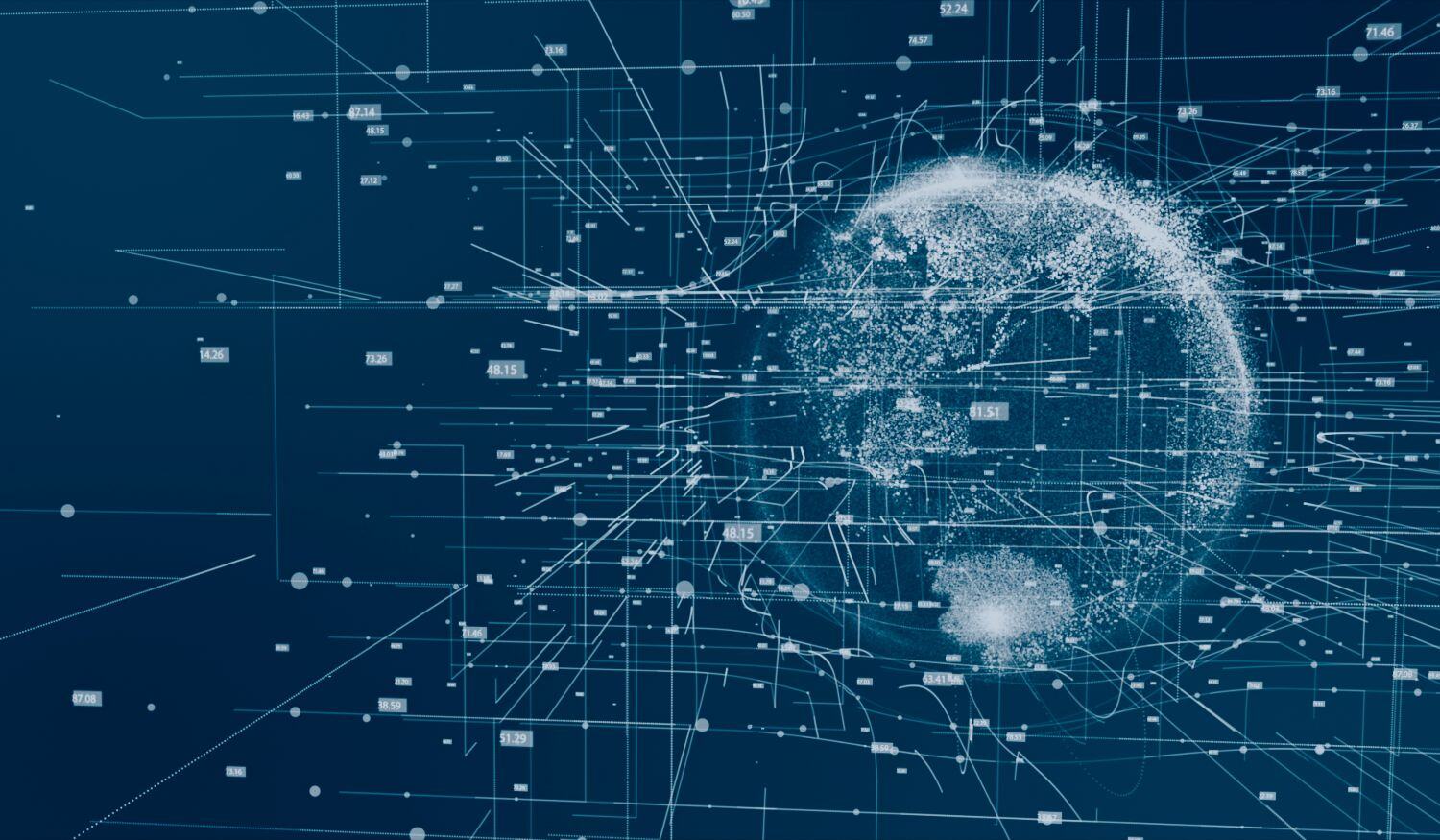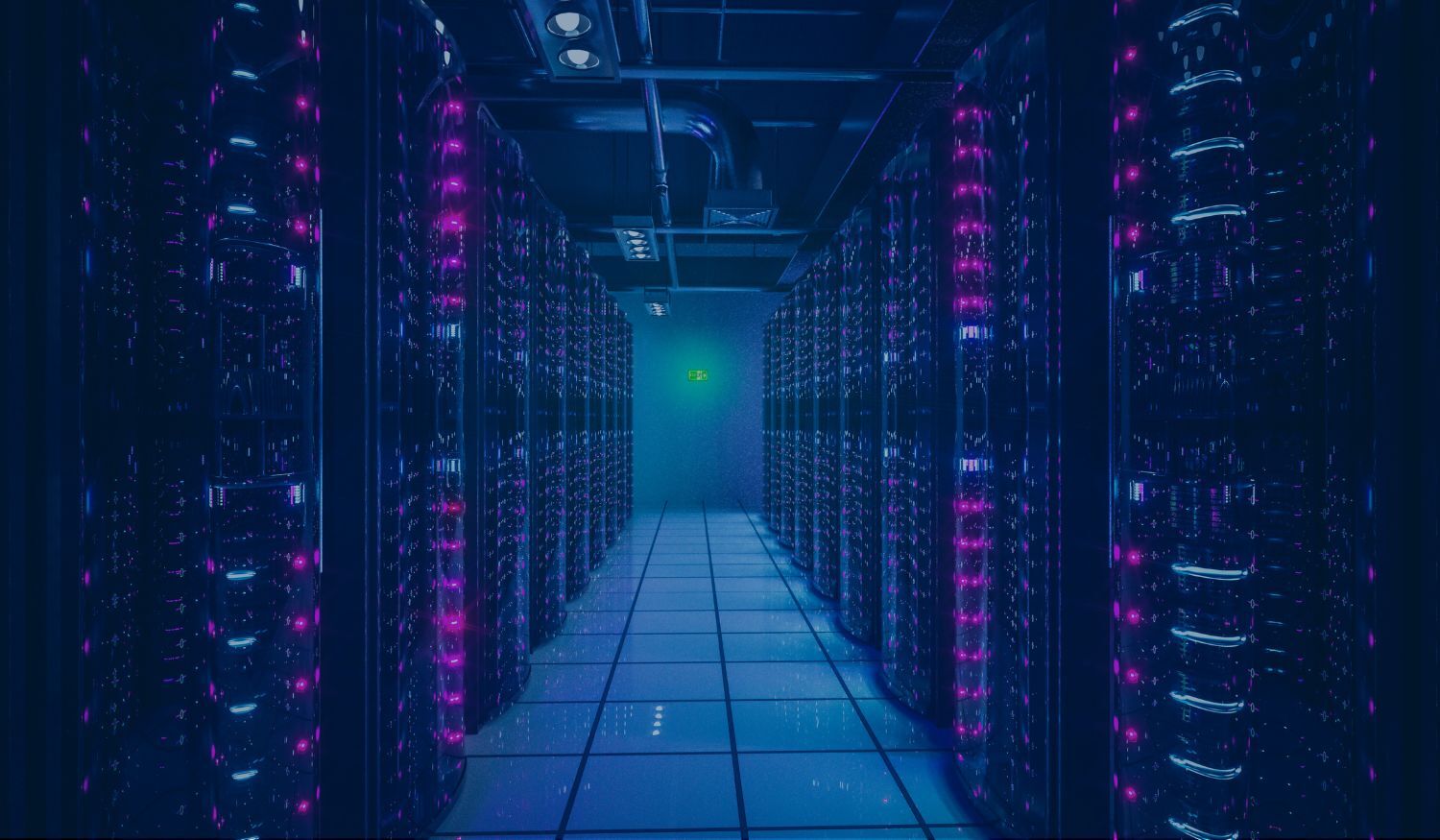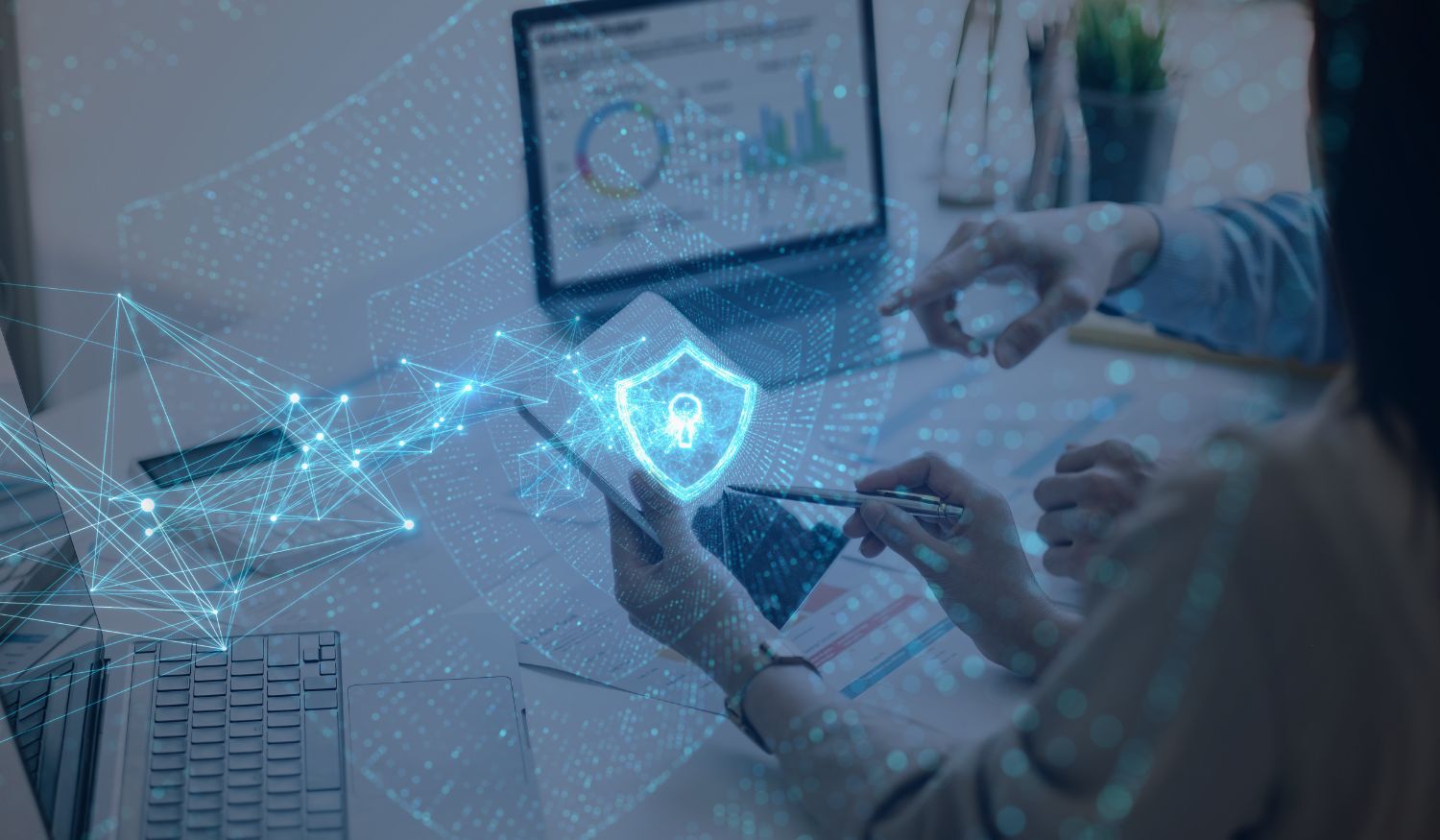The game is rapidly altering due to artificial intelligence (AI). Consider it akin to opening a digital genie bottle. That genie might be a significant threat or a strong ally in the field of cybersecurity. Depending on who is holding the lamp, everything changes. Because of this, it is not only vital but also necessary to develop intelligent legislation and control AI responsibly. It is now essential for cybersecurity professionals to comprehend AI's dual nature.
This article explores the ways AI is changing cybersecurity, both positively and negatively. We'll look at both the positive aspects of AI, how it helps protect systems and the negative aspects, how attackers are also utilizing it. In order to provide security professionals a better idea of what lies ahead, we will also examine the approaches taken by the US and the EU in terms of regulation.
The AI Shield: Smarter, Faster Defenses
AI is changing the cybersecurity landscape. We can now anticipate and prevent hazards before they cause harm, as opposed to responding to them after they happen. This is because machine learning systems are far more efficient than any human team at sorting through massive amounts of data.
Let's break it down:
Improved Threat Identification: Conventional systems depend on identifying recognized dangers. AI learns from behavior, thus it doesn't require a list. It keeps an eye out for strange trends in device activity, network traffic, or user behavior. This implies that it can identify advanced assaults or zero-day risks early.
Faster Reactions: AI can take action immediately as soon as it detects trouble. It saves you time and reduces the strain on IT workers, whether you're banning a dubious IP or shutting down a vulnerable system.
Looking Ahead: With predictive analytics, AI does more than merely respond. It examines previous occurrences, reads intelligence files, and predicts what may go wrong next. This allows organizations to reinforce weak points before attackers discover them.
Tighter Vulnerability Management: AI can scan code for flaws, assess threat intelligence using natural language processing, and prioritize what needs to be patched first based on real-world risk. Pretty useful, right?
But here's the catch: AI isn't flawless. It is only as good as the data on which it is trained, and automation itself might provide new opportunities for attackers. That's why utilizing AI securely entails more than just putting it in; it requires continual monitoring, bias management, and defined regulations to back it up.
The AI Sword: When Attackers Fight Smarter
Of course, attackers don't sit still. They, too, use artificial intelligence—and not in a positive manner. AI is currently driving increasingly deadly, large-scale, and tailored attacks.
Here's how terrible actors use it.
- Smarter phishing: Generative AI can compose emails that sound exactly correct. It imitates tone, context, and even employs deepfakes to simulate voices and faces.
- Automated Hacking: AI systems may automatically search for software flaws and even write programs to attack them.
- Evolving Malware: Some AI-powered malware changes shape (polymorphic or metamorphic) to avoid detection.
- Cybercrime as a Service: Criminals no longer need to be technologically competent. WormGPT, for example, is available for rent on the dark web, allowing users to launch cyberattacks with ease.
Hackers are increasingly attacking AI models. They might:
- Trick it with carefully crafted inputs (evasion).
- Poison it by slipping in corrupted training data.
- Steal it by reverse-engineering how it responds.
- Exploit prompts in large language models (LLMs) to make them behave badly.
Real-world examples? Deepfake phishing scams and AI poisoning attacks on medical tools are already happening. Defending AI means building security into every step, from clean data and model testing to adversarial training and active monitoring.
Regulation Time: How the EU and US Stack Up
With so much at stake, governments are stepping in. But their approaches are wildly different.
The European Union: Rules First, Ask Later
The EU is approaching AI regulation with full force. They’ve rolled out a full-stack set of laws:
- AI Act (2024/1689): This is the big one. It sorts AI into risk levels, from banned (like social scoring) to high-risk (healthcare, hiring) to minimal. High-risk systems must meet strict cybersecurity standards. Big general-purpose AI models have transparency and safety rules, too.
- NIS2 Directive: This boosts cybersecurity for essential industries, with mandatory risk assessments and response plans.
- Cyber Resilience Act (CRA): Think “security by design.” It sets rules for software and hardware to be safe out of the box, with long-term support and fast patching.
Enforcement is no joke, fines can reach up to €40 million or 7% of global revenue.
The United States: Innovation First, Then Figure It Out
The U.S. is taking a lighter-touch route, with a mix of federal guidance and state laws:
- Executive Order 14179 (Jan 2025): It encourages responsible AI but focuses on innovation. Agencies must manage high-impact AI, but it’s more “do your best” than “follow the rules.”
- NIST Frameworks: Voluntary tools like the AI Risk Management Framework and Cybersecurity Framework help guide best practices.
- State Laws: California, Virginia, and Colorado are leading the way. They’re tackling things like deepfake misuse, algorithmic bias, and transparency, but the result is a patchwork that’s tough for companies to navigate.
Enforcement is shared across federal bodies like the FTC and DOJ, state attorneys general, and—more and more—private lawsuits.
Quick Comparison: EU vs. US (as of May 2025)
|
Feature |
EU |
US |
|
Main Approach |
Comprehensive, mandatory, risk-based |
Innovation-driven, fragmented, mostly voluntary |
|
Key Laws |
AI Act, NIS2, Cyber Resilience Act |
Executive Order 14179, State Laws, NIST Frameworks |
|
Cyber Requirements |
Security-by-design, threat resilience, strict compliance |
Guidelines and voluntary standards |
|
Enforcement |
Central EU AI Office, National Authorities |
FTC, DOJ, state regulators, courts |
|
Fines |
Up to €40M / 7% global turnover |
Varies—state fines, settlements, federal action |
The EU's stronger laws, with their extraterritorial reach, have the potential to shape global norms. Meanwhile, the US approach may encourage innovation, but at the expense of consistent protections.
Wrapping It Up
AI poses both a positive and negative impact on cybersecurity. Think of it as both shield and sword. That’s why professionals can’t just focus on tech, they need to stay on top of legal changes too.
As of 2025, the EU has taken a firm stance with laws that carry real teeth. The United States is still in its early stages, banking on innovation with looser guidelines. That involves difficult decisions for multinational organizations, as well as an increasing requirement for legal, technological, and strategic alignment.
Finally, the purpose is clear: employ AI responsibly, foster trust, and keep systems and people safe.
Share this
You May Also Like
These Related Stories

AI and Cybersecurity: Leaving the Loop

3 Cybersecurity Priorities CISOs Cannot Ignore


